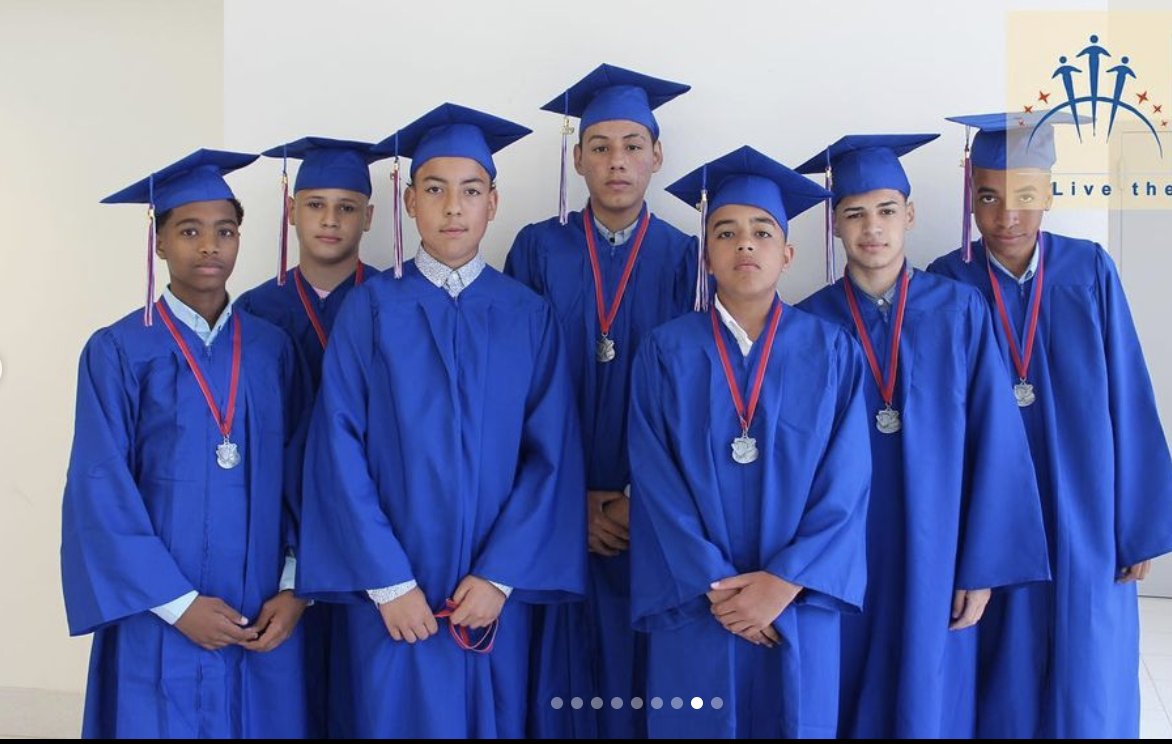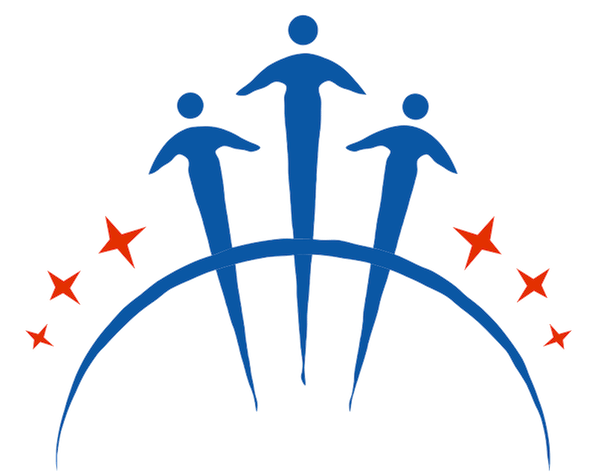
Our Approach.

What is a Charter School?
A charter school is an independently run public school granted greater flexibility in its operations, in return for greater accountability for performance. The “charter” establishing each school is a performance contract detailing the school’s mission, program, students served, performance goals, and methods of assessment.
-
Students who are native speakers and English language learners will be placed in advisories together. This will allow for students to serve as language models for each other, giving each group of students an opportunity to show mastery in their native language as well as develop their second language. Our model alternates instruction from English to Spanish weekly for Project-based Learning (PBL), math and science. Instruction in English language arts (ELA) is in English, and instruction in Spanish language arts (SLA) is conducted in Spanish.
-
“I hear and I forget. I see and I remember. I do and I understand.” – Confucius.
We believe experience is essential to learning, therefore, we will focus on explicitly providing students with the opportunity to build critical thinking skills through real world experience. Two elements we include as core curricular components to improve word understanding are field study and Project-based Learning (PBL). Students are taken on monthly field lessons in grades 6-12 to apply knowledge learned in class on the field.
-
Instruction focuses on including our community members’ cultural experience as part of the driving force in our curriculum. Our cultural considerations will not be limited to native language instruction. We go further by understanding that education is not an easy task for any one person or entity, so we will work to have an environment that resembles that of a “village” where students, teachers and families and the community will be active participants in the academic life of the school.
Most of our work with culturally-responsive instruction is done through our daily advisory curriculum as well as working with our curriculum to find texts that are culturally relevant for our students.
-
Students will be regularly and meaningfully assessed using formative assessment tools and informal observation so teachers will be able to accurately drive their instruction. Every 6 weeks at the end of formal units, students will have interim assessments in all content areas, be assessed using the Scholastic Reading Inventory and Scholastic Math Inventory as well as the NWEA. The data is tracked and realistic, quantifiable and goals are set and infused into the learning objectives. on
-
DREAM is an acronym for Diversity, Respect, Empowerment, Advocacy and Motivation. Our advisory program incorporates these five pillars where students learn how each element enhances not only their own education, but also their development as citizens and leaders in their community.

“I think the co-teaching model we have in the Middle School is powerful. As a teacher, it’s extremely helpful to be able to take the work usually done by one person and have someone to thought-partner alongside. Teachers here have the freedom to decide how to teach to certain standards.”
— Michael Duque, Middle School Dean of Curriculum and Instruction


